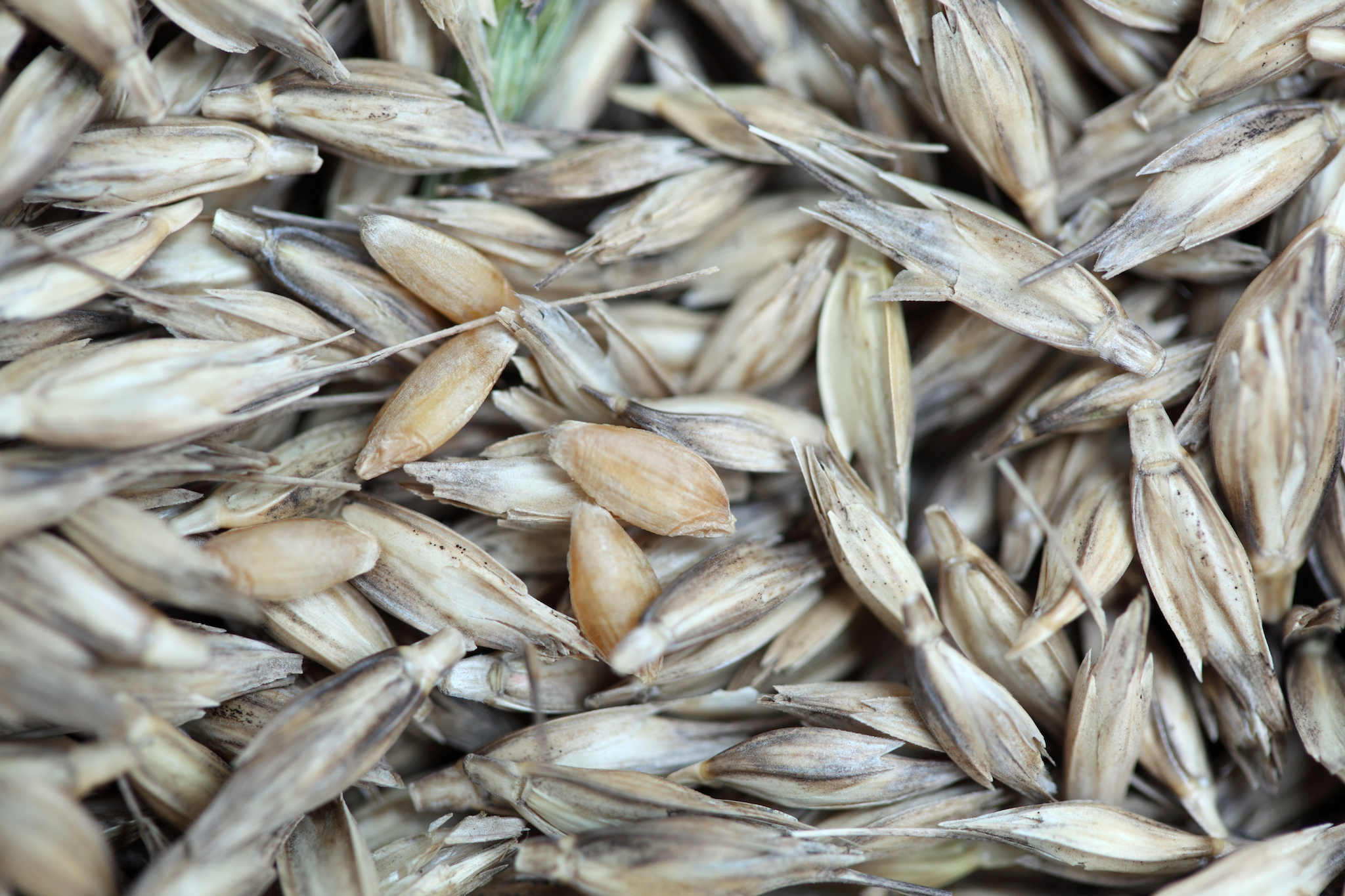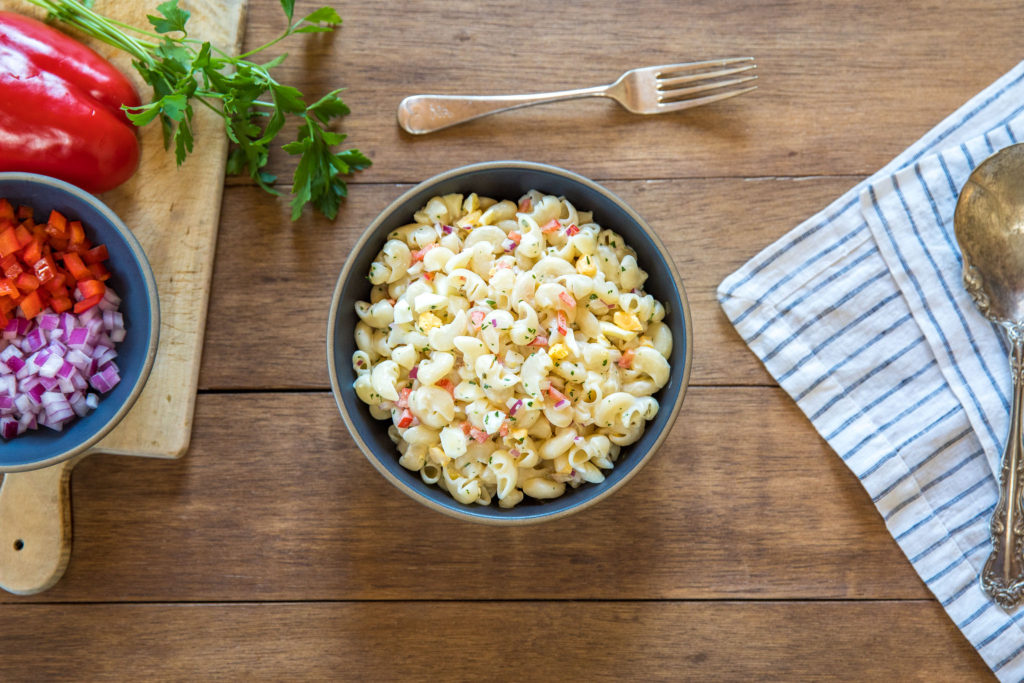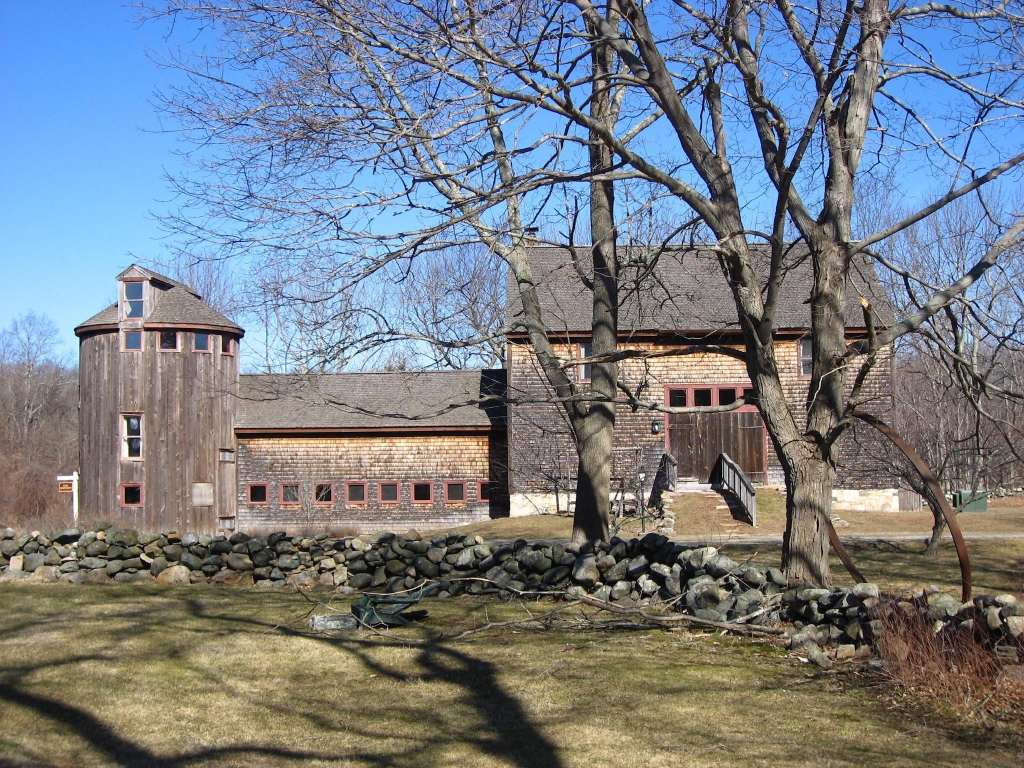How We Remove Einkorn's Husk

More than 12,000 years ago, einkorn grew wild in the Fertile Crescent. Einkorn was the first seed that Neolithic farmers planted when they transitioned from hunter-gatherers to farmers, making it the most ancient food to still be in existence. Today’s durum and soft wheats are far-removed descendants of emmer and spelt, while einkorn has remained the same as it was when it grew thousands of years ago, never hybridizing with any other types of grasses or species of wheat. The beauty of the plants in the field, the delicious flavor of einkorn flour, and our body’s easier digestion of its weak gluten, is what has many of us falling in love with this culinary treasure.
Yet, behind the scenes at our farms and mills, einkorn has continually been a challenge. Last week, I spent the day at the mill that dehusks the grains. Some of our farmers can do that themselves, while others rely on a single person to dehusk the grain for them before it is milled to flour. This man is not only a miller with some pretty sophisticated equipment for dehusking, he is also a landowner and has grown einkorn for many years himself. We spent an hour or so talking to him about farming and all of the challenges that go into making jovial’s einkorn. “If it rains too much in November, the seeds are so soft, they don’t sprout well”. “If it doesn’t rain in May, the kernels are not developed by early July, and the harvest does not go very well.” “When the farms deliver einkorn to the mill, we have to unload it all by hand because the husks cause the kernels to get stuck in the equipment”. “The husk protects the grain, I never see leaf rust on einkorn.” My husband studied agriculture, but for me, these hours are spent learning all I can, asking questions, and understanding the challenges and the triumphs.
Ancient varieties of wheat once grew covered with a protective layer or husk. If you’ve ever shucked corn, it’s basically the same idea, but with einkorn, the husks are wrapped around each individual kernel. The husk is important because it protects the kernels from mycotoxins, or harmful molds that can grow on naked grains, as they refer to modern varieties of wheat. The husk that encloses each einkorn grain makes up for 40% of the weight of the farmer’s harvest. Removing the husk is an extra step, so through natural selection and plant breeding, husks have been removed from wheat so that grain mills do not have to undergo removal.
Our einkorn is stored with the husks at the farms after harvest. The first step in cleaning the wheat berries is to spin the grains around to remove any stones or debris picked up during the harvest. Then, mechanical means are used to remove the husks, which means we essentially shake the wheat berries until the dried outer layer drops off. Next, the wheat berries pass through an optical sorter that can identify and discard any additional debris or husks that were not already discarded. The wheat berries are picked up and delivered to another mill that grinds the grains to flour twice a month. Take a look at how the machine shakes the husks free from the wheat berries.
Although producing einkorn can be a challenge, we love what we do and are so grateful that so many of you are baking with this ancient grain!






Thanks
Bill North
Thx
John